First trial of L'Hydroptere DCNS
L'Hydroptère DCNS, the French¨foiler-trimaran of Alain Thébault, has just completed her last trials off the La Ciotat, France and is ready to leave for Los Angeles where she will attempt her first offshore record.
The team have been waiting for this moment for weeks. The five crew of l'Hydroptère DCNS tested the new configuration of their flying trimaran in a strong Mistral wind this weekend, under the watchful eye of the technical team - Alain Thébault, Jean Le Cam, Yves Parlier,
Jacques Vincent and Luc Alphand. They made several runs, sailing between 20 and 45 knots depending upon the angle of the wind. After this first evaluation, the results have proved promising.
The modifications to the boat aim to improve L'Hydroptère DCNS' all round performance. The trimaran is now more stable in the waves.
Jean le Cam explains: "L’Hydroptère is a nervous machine - taking off with massive acceleration, but she is also a relatively small boat compared to others. To fly over the Pacific swell at 35 knots on a 7 tonne 60ft boat you can't adopt the same strategy with the power and behaviour of a 130ft boat of 23 tons. The record is above all mental and it is important to know that the boat beneath us is reliable and can withstand the waves."
To ready the boat for the crossing, the profiles of the foils were redesigned this winter at Chantier B& B in La Trinité-Sur-Mer in the old configuration they had before the 500m course speed records. The angle of attack has been changes on the submerged wings, so when the boat sails up or down a wave there will be with no loss of stability.
"Between 2006 and 2009, at the time of the absolute speed records, we designed profiles to limit the effects of cavitation on the behaviour and performance of the boat over 50 knots, but they are less tolerant to variations in the angle of attack because these records take place on flat water. This year, it's a little bit the contrary: the profiles are designed to operate on a 'bumpy field', but with a maximum speed reduced to 50 knots," explains Philippe Perrier, one of the team's technical gurus.
Concerning the sails, the improvements now allow L'Hydroptère DCNS to sail at 140° TWA with a speed of about 30 knots in 20 knots of wind. "We are excited, there are still some works to strengthen the support of the flying jib boom and optimize the curvature of the headsails but the key elements are there and the boat will be able to sail downwind efficiently," said Jacques Vincent, co-skipper of the
boat.
Another core issue: The control of the rear foil. So far, the adjustment of the rear foil was carried out manually and was used simply to optimise the boat’s average behaviour according to the sea state. The hundreds of hours of sailing recorded, analysed and compared to modelling by the technical team have identified a method for controlling the rear foil to significantly absorb the rolling and pitching of the boat and thus improve her behaviour and her performance offshore.
The technical team of engineers charged DCNS with the task of installing the system on the boat to achieve this control. The experience of DCNS in this field will also be utilised to consider other forms of control that might require new sensors to be fitted. For this reason height sensors to monitor the boat's ride height have been installed around the boat and the connectivity of the entire system has been synchronised with a device measuring inertia.
"These are problems that occur on the SSBN (submarine ballistic missiles) and other ships that we built," says Damien Laval, an engineer at DCNS. It remains the most delicate stage of the operation: Putting everything in harmony.
Alain Thébault, designer and skipper of L'Hydroptère DCNS has the final word: "The task is not simple and on issues that are so complex, it is better to remain humble. The optimisation phases can be long on l’Hydroptère. We are facing the unknown but I am a high-tech peasant and I love it when it gets tough...!"
L’Hydroptère DCNS will sail a few more days in the bay of La Ciotat to make final tests. She will then be loaded onto a cargo ship bound for Los Angeles where she will be positioned to wait for the best weather conditions for her record attempt to Honolulu.

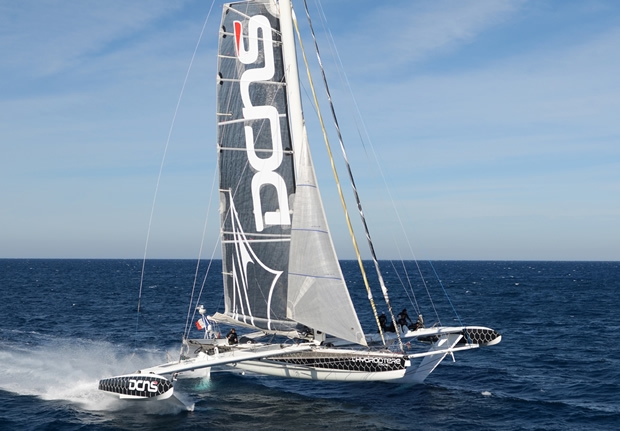
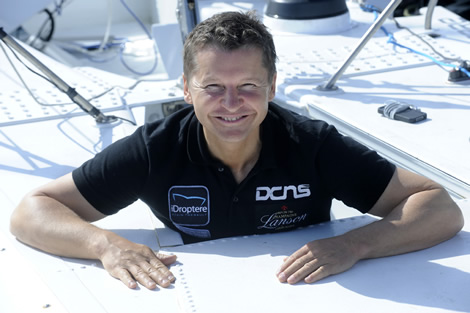
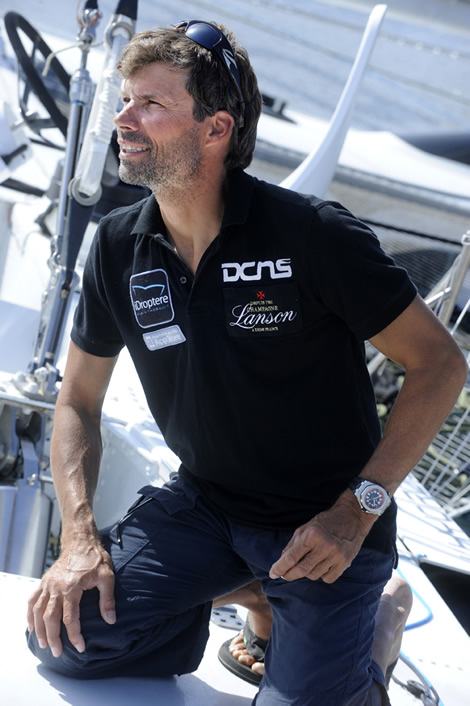
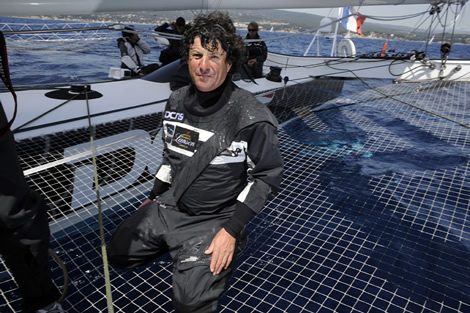
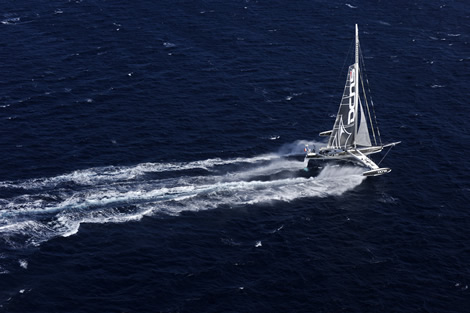
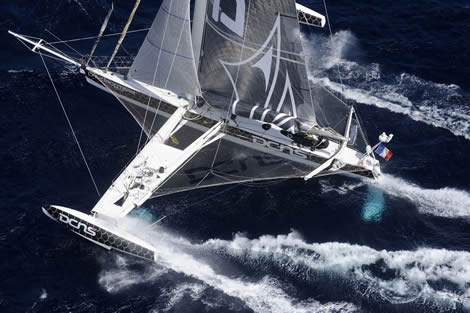
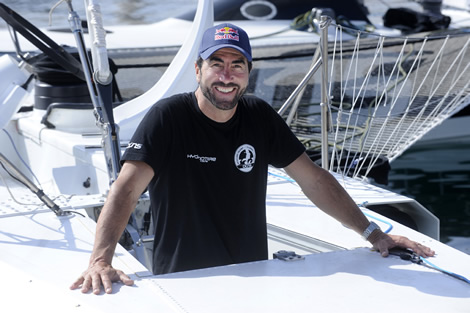
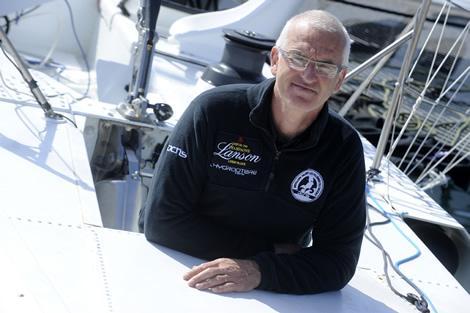







Latest Comments
Add a comment - Members log in